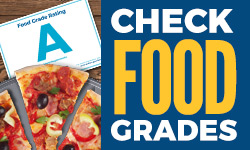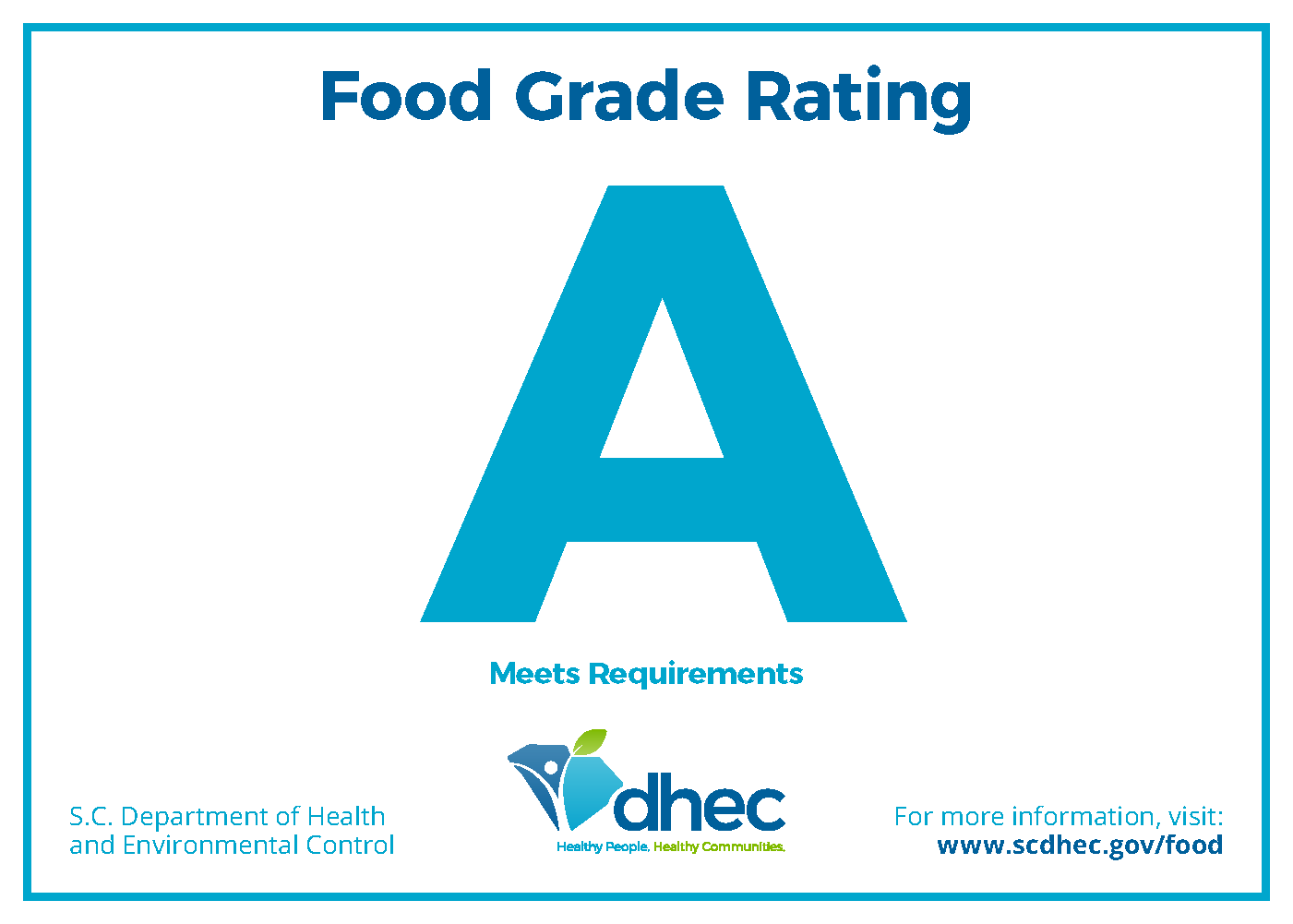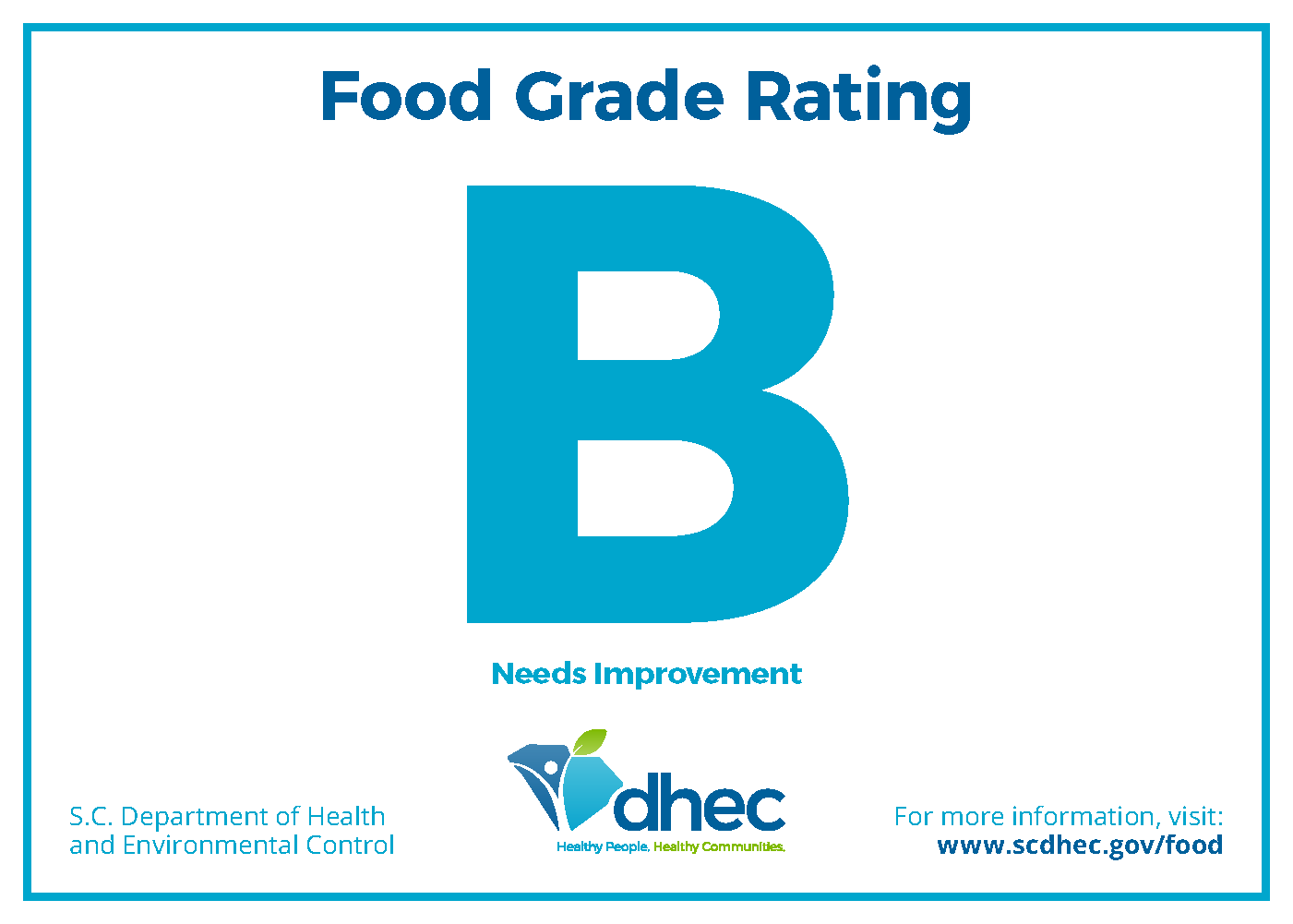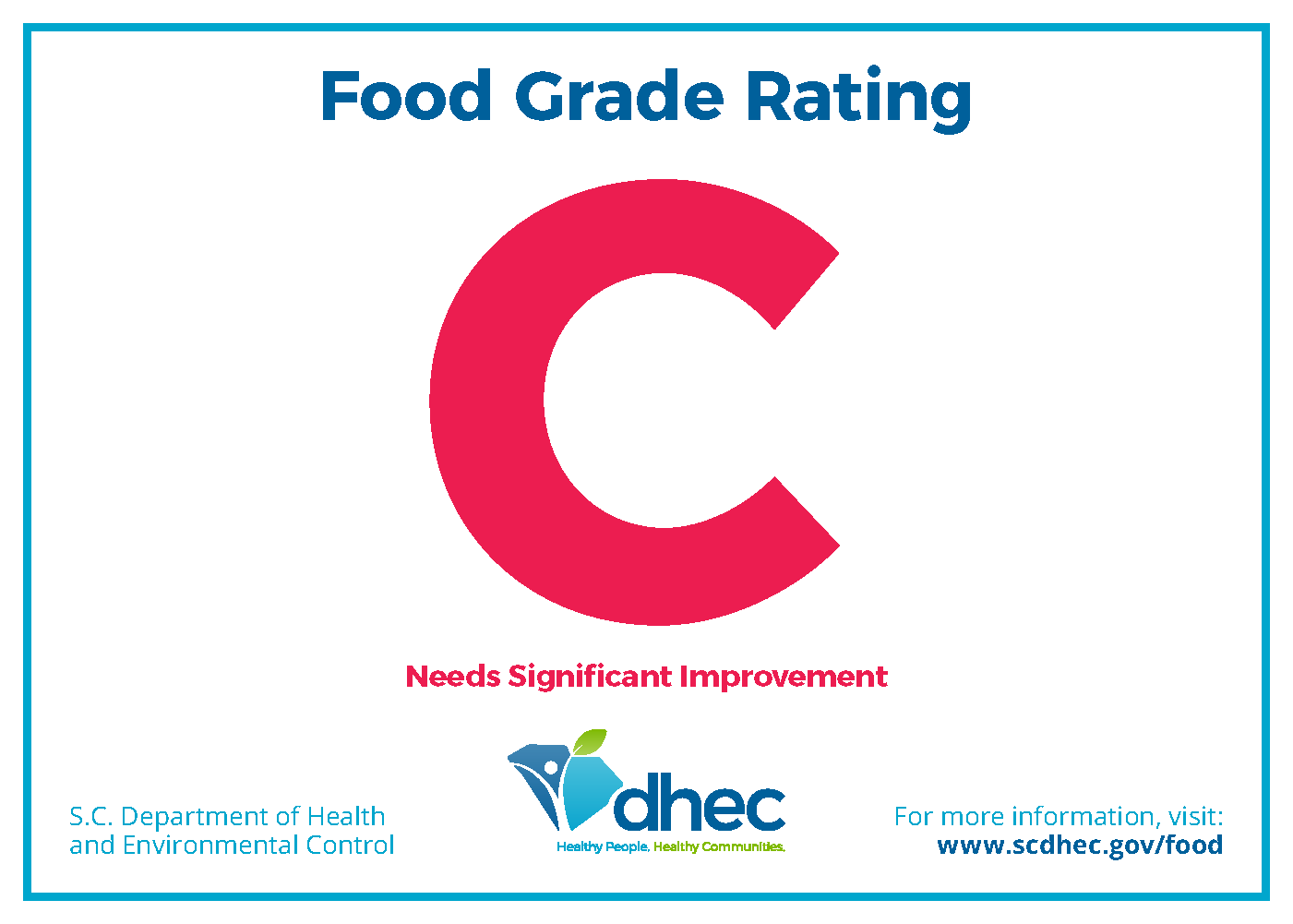DHEC conducts risk-based inspections on each of approximately 22,000 establishments in the state annually or quarterly, based on an establishment's food processes and their compliance history.
Each score is a snapshot in time based on how a retail food establishment handles the five major risk factors related to employee behaviors and preparation practices. These five major risk factors are:
- Food Contact Equipment Cleanliness - Did the inspector see build up on equipment that comes into contact with food?
- Cooking Temperatures - Are foods being cooked or heated to temperatures within a safe range?
- Employee Health - Does the facility have a plan in place to require employees who are sick to stay home?
- Food Sources - Can the facility prove where all foods are coming from and are they coming from approved sources? (an exception would be raw, unprocessed produce from small farms, produce stands or farmers markets)
- Food Holding Temperatures - Were the foods maintained at safe hot or cold holding temperatures?
Permit, Routine, Limited Scope, and Follow-up Inspection reports are available on the S.C. Food Grades page .
 Permit Inspections are conducted prior to a facility opening to the public. Routine Inspections are unannounced and conducted on a frequency determined by the facility's processes and their inspection history. Routine Inspection frequency generally ranges from one to four times a year. Limited Scope Inspections are conducted as an emergency response and compliance assistance tool. Follow-up Inspections are conducted within ten days of a Routine or Limited Scope Inspection that requires follow-up verification.
Permit Inspections are conducted prior to a facility opening to the public. Routine Inspections are unannounced and conducted on a frequency determined by the facility's processes and their inspection history. Routine Inspection frequency generally ranges from one to four times a year. Limited Scope Inspections are conducted as an emergency response and compliance assistance tool. Follow-up Inspections are conducted within ten days of a Routine or Limited Scope Inspection that requires follow-up verification.
What the Grade Means
Retail Food Establishment Inspections are scored based on a 100 point scale. At the completion of the inspection, a letter grade is posted at each facility based on the calculated numerical score and the facility's past compliance history. There are circumstances and conditions outlined in 8-403.10 (G) under which the letter grade posted at a facility may differ from the numerical score of the most recent inspection.

Grade A - The retail food establishment earned more than 87 points. Food safety practices appeared to meet the requirements of 61-25.

Grade B - The retail food establishment earned 87-78 points. Food safety practices need improvement.

Grade C - The retail food establishment earned less than 78 points. Food safety practices need significant improvement.